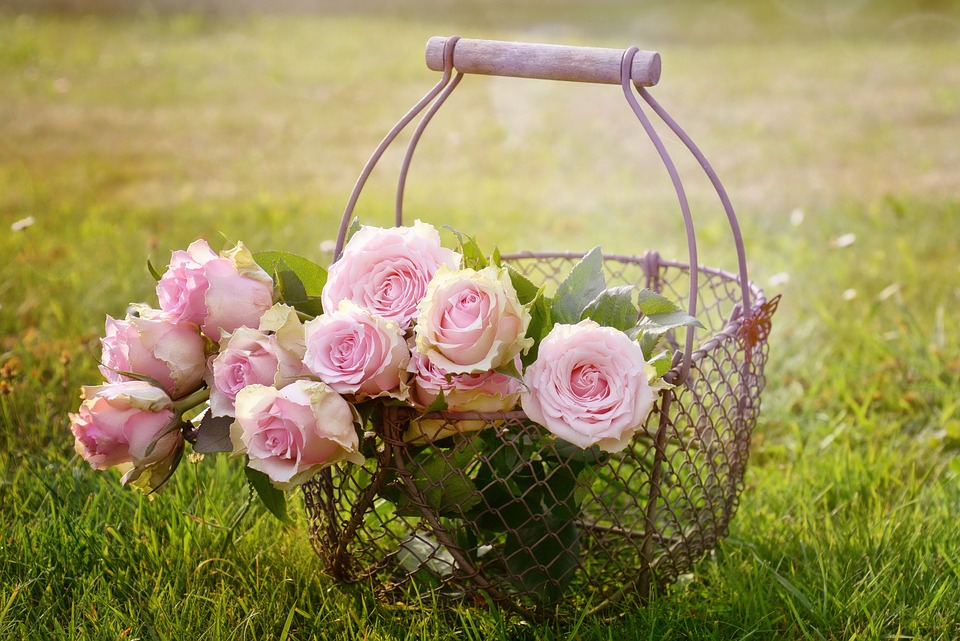Garden configuration is an exceptionally private thing and is in many cases an outflow of your character. What I like you, you may not and tight clamp versa. Certain individuals like perfect and clean gardens where there are no curve balls, others love the adventure of blustery ways, loads of various plant material and not realizing what is around the bend. There are three principal styles of nurseries formal, semi formal and casual. They can then be isolated into many sorts of nurseries and that relies upon what you would like. Garden configuration can be personally cleaned to the style of your home as in illustration of the excellent french chateaux where the mathematical examples of the nursery imitate the mathematical development of the house or it can have no association with your home by any stretch of the imagination.
Certain individuals are fortunate and have this natural endowment of knowing how to configuration space, making it a satisfying spot to be in. Others don’t have this quality and find it truly challenging to picture how the space will function. To make a decent plan it is significant you comprehend that plan is tied in with overseeing space and individuals moving around it. The center of good nursery configuration focuses round designs and the space inside these examples. By utilizing mathematical shapes, circles, triangles, square shapes and so forth you can accomplish a bound together feel to your nursery. So you really want to ponder ground examples and development around your nursery. Where might you like individuals to go? Ground examples can be accomplished with the utilization of blocks, clearing and plant material, for example, cut grass and so on.
Formal nurseries are even and mathematical and are severe with regards to rehashing examples and plant materials on one or the other side. It is exceptionally controlled, plants are cut, molded, controlled consistently and today is frequently appropriate for little gardens like yards. Urns, balustrades, stone, rock ways, parterres, formal pools and outlined sees are all important for the conventional nursery. There are no curve balls, you know what’s in store.
Casual plans are uneven and not as controlled. Plant material is permitted to gush out over the primary components like walls, steps and ways. Plant material is permitted to self-seed and meander around the nursery. Casual nursery configuration is gentler, brimming with shocks in this manner you don’t have the foggiest idea what’s in store.
Furthermore, semi formal is the blend of the over two. Generally it is the fabricated designs, for example, holding walls, ways and steps that are formal and the casual component is the plant material which is permitted to gush out over them, mellowing their hard diagrams.
Inside these three sorts, there are a wide range of styles of nurseries to browse, for example, contemporary, Japanese, Mediterranean, house, yard, kitchen nursery or mystery garden.
Contemporary is a cutting edge style that likes to mirror the encompassing yet additionally utilize an extensive variety of plant material. Structure and surface of foliage are essentially as significant as blossoms. Hard arranging is woven into mathematical formed structures; all of which stream into the more extensive scene. Plants are utilized as central focuses to feature the engineering structures.
Cabin was a late nineteenth-century ideal to get back to the basic bungalows of the country. They were planted with strong bulbs, blossoms, organic product shrubs and spices and vegetables. They were mathematical, colors were blended and rich as plants developed well as they were intensely manured consistently.
Mediterranean isn’t restricted to one specific region however are characterized by blistering summers and low precipitation. They envelop engaging regions, conceal, great perspectives and emotional shadows. Hot vivid plants are utilized and loads of rich green foliage plants to make a cool climate. Plants should be dry spell open minded. Evergreen plants are well known on the grounds that they cast conceal on hot days. Walls are white washed to mirror the sun, pergolas worked to make shade and use earthenware pots. There is much of the time a water element and water gives cooling energies.
Japanese nurseries includes religion and Japan’s social history. Japanese nurseries are extremely representative frequently the images connect with nature. Plants are ‘subdued’ and there is an accentuation on evergreen trees and bushes. They are exceptionally controlled and frequently moderate. Genuine Japanese nurseries are insightful a position of reflection and extraordinary quiet.
Arranging
In the event that you feel overpowered and don’t have the foggiest idea where to begin while planning your nursery, I recommend you split it up into regions called rooms hence partitioning one major space into a few more modest spaces. For instance: there is the front nursery, the side nursery and the back garden. Whenever you have chosen where they start and end you can then split every one of those areas once more. For instance in the back garden you could have the engaging region, the grass/kids’ region, the utilities region (incorporates the fertilizer stack and shed), the pool region and the vegetable/plantation region. Whenever you have characterized the regions/rooms you can handle each in turn, in this manner making an enormous undertaking into a few more modest tasks.
The Three Arranging Stages
To make an intriguing and invigorating nursery there are 3 arrangements of plans (might be four assuming you really want an architect’s underlying plans) you really want to devise:- Site Examination Plan, Idea Plan and Establishing Plan, typically completely attracted to scale.

